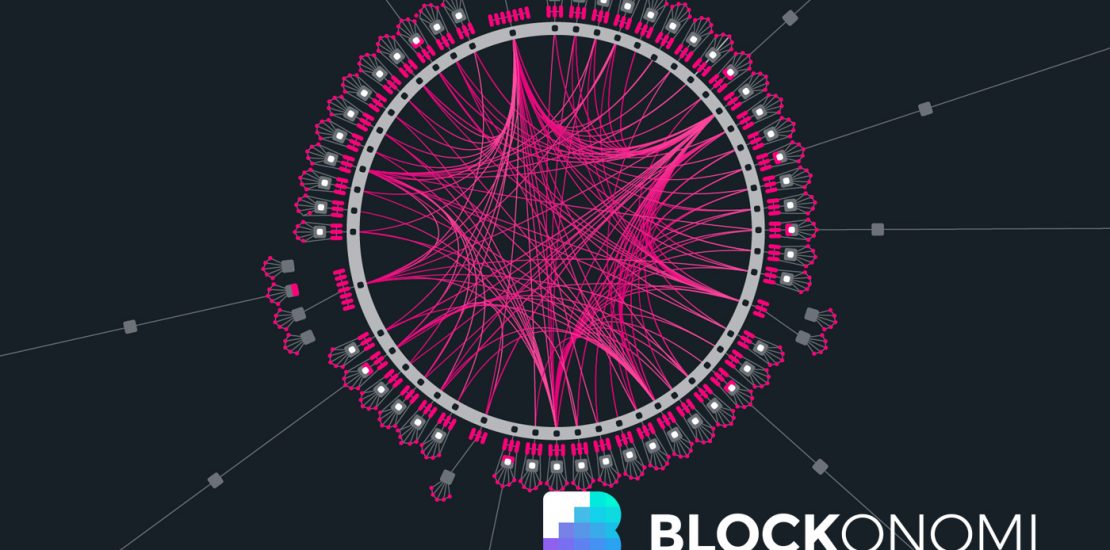- August 7, 2021
- Posted by: admin
- Category: BitCoin, Blockchain, Cryptocurrency, Investments


Parachains are all the rage in the blockchain community right now.
In case you haven’t already heard of them, ‘parachains’ are next-gen blockchains that have been designed to transcend the limitations of legacy blockchain networks and break down the barriers created by the centralized web. They are integrated within the Kusama (KSM) and Polkadot (DOT) networks, and interconnected to form what is known as the ‘Kusama ecosystem’.
So far, Kusama has six parachains. Five of them were sold via auction between June 15th and July 20th.
Here’s a basic rundown of what each parachain does, and where in its roadmap each parachain currently is:
- Statemine is a common-good parachain for digital assets. It was Kusama’s first live parachain. The Kusama Council recently passed a motion to authorize the upgrade of Statemine to make it permissionless. Once the network enacts this upgrade, anyone will be able to create assets and NFTs on Statemine with a 1 KSM deposit for each asset class.
- Karura is a DeFi-Specific hub that enables users to swap, borrow, lend, and earn. It has recently completed Phase One (Crowdloan & Action), and Phase Two (Govern via PoA), of its launch process. It has now moved on to Phase Three, in which it will implement Govern via Council.
- Moonriver is an Ethereum-like EVM compatible blockchain. It has recently completed Phase One of its five-stage launch process, which involved decentralizing and adding third-party collators to the active set. It has now entered Phase Two, which will enable on-chain governance.
- Shiden is a smart contract platform that supports both Ethereum Virtual Machine (EVM) and WebAssembly. It is now working on Phase Two of its launch process. As part of this phase, enabled proof of staking will allow projects to start to get rewards from the network. Smart contracts and dApps will also be enabled, and collators will be increased.
- Khala is a smart contract platform for confidential contracts. It is designed to tackle the issue of trust in the cloud by providing computing power to other blockchain applications while protecting the data layer. On July 26, Khala announced that it had finished implementing the Phala blockchain and the Khala parachain. It also announced that the Phala wallet had officially been launched, and that 24,961,006 K-PHA (the equivalent of almost U.S. $20 million) had been distributed, which was claimable on the wallet.
- Bifrost is a DeFi protocol designed to stake liquidity of different PoS chains. It won the fifth round of the Kusama parachain auction most recently on July 20. On July 24, Bifrost publicly outlined its plan to promote the application and ecological development of derivatives. More recently on July 29, it announced that the Bifrost parachain mainnet is live, and that the collator has been upgraded to version 0.9.8.
Ultimately, parachains will enable Polkadot to realize its scalable multi-chain architecture. As outlined in the Polkadot whitepaper, parachains are the last piece of core functionality to be delivered for the platform. As it stands, Polkadot and Kusama are expected to only support up to 100 parachains slots on their networks.
Once everything is running smoothly, it will be completely left up to the community to determine how Polkadot develops, and which features and network upgrades are added over time. It will be interesting to see
The post The Launch of Parachains: Where Are They Now? appeared first on Blockonomi.
